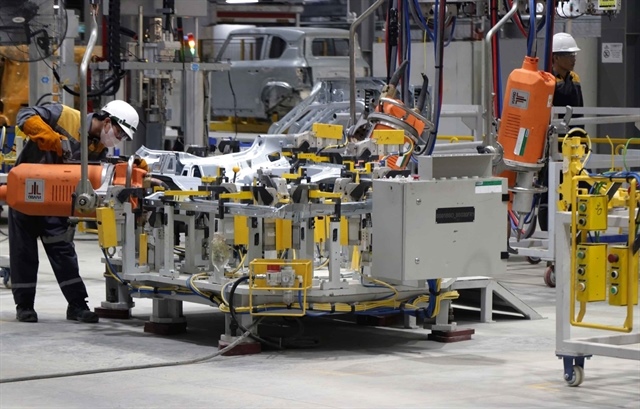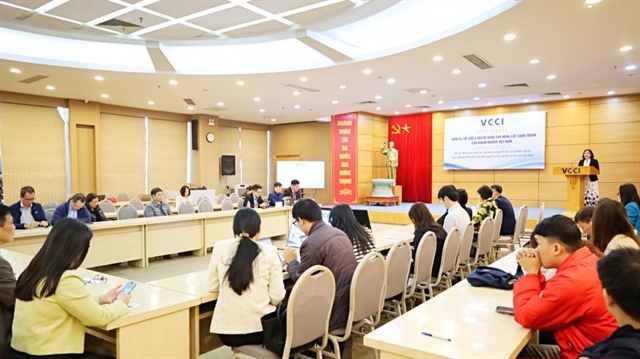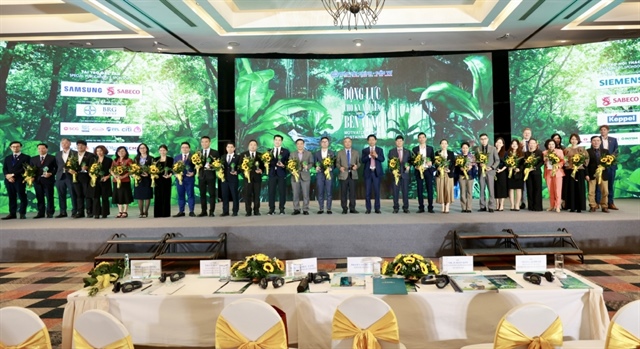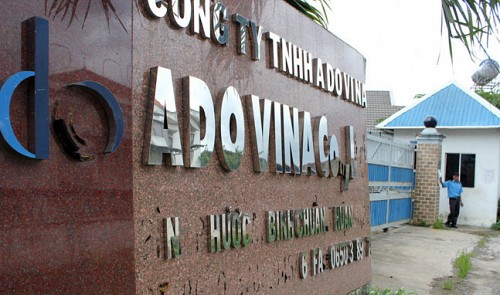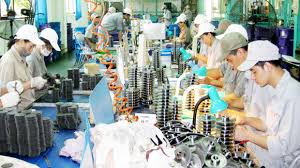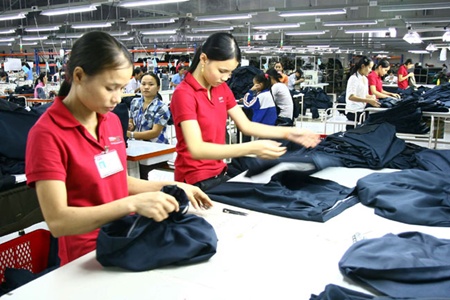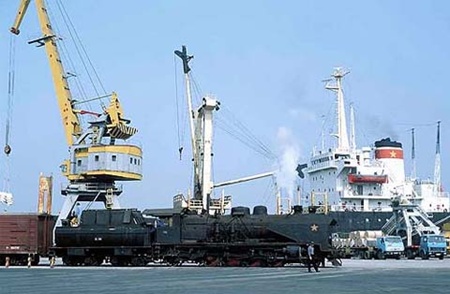Island set for major status upgrade
Island set for major status upgrade
Phu Quoc, a popular tourism destination, is being primed to become a major development hub with a huge fillip in status as a centrally managed administrative and special economic zone by 2020.
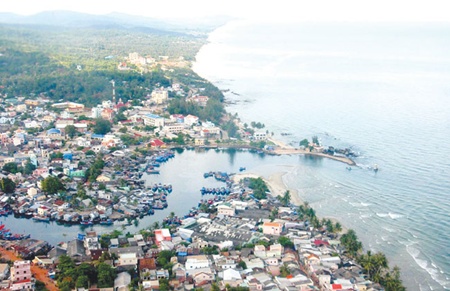
At a meeting held on Tuesday in the Cuu Long (Mekong) Delta province of Kien Giang, which administers the island district at present, it was said that preparatory tasks are underway for establishment of the Phu Quoc Special Economic Zone.
The meeting brought together high-ranking officials of the Central Department of Economics and the Southwestern Steering Committee as well as has the Kien Giang leadership.
These included Nguyen Xuan Cuong, deputy head of the Central Department of Economics and Ha Van Phong, Secretary of the Phu Quoc Party Committee.
Phong unveiled at the meeting the Prime Minister's plan to upgrade the island to a second-class city under Kien Giang by 2015 and a special administrative and economic zone directly under the management of the Central Government by 2020.
The plan to establish Phu Quoc City will be submitted to Kien Giang Province's Party Committee by the end of this year, he said.
A draft plan to establish the Phu Quoc special economic zone was completed and submitted to the province's Party Committee last month.
The coastal economic zone will cover the whole of Phu Quoc Island, encompassing the towns of Duong Dong and An Thoi, and the eight communes of Cua Can, Ganh Dau, Bai Thom, Ham Ninh, Cua Duong, Duong To, Tho Chu and Hon Thom.
According to the plan, the 58,923-ha Phu Quoc Special Economic Zone will have a two-tier administration, one at the EZ level and the other at ward and commune levels.
The special economic zone will have both executive and legislative branches, the People's Committee and the People's Council respectively.
The lower level will have neither the executive nor the legislature. Ten wards and communes will be governed by administrative committees that are representatives of the EZ administration.
The island will have a duty free zone comprising the An Thoi Port and the Phu Quoc Airport. The area outside this zone will host tourism and other services, as well as port logistics. The EZ will also include an industrial area, urban and residential areas as well as an administrative area.
Besides the preparatory tasks for establishing the special economic zone, the meeting also discussed special policies that would create favourable conditions for its development.
Phong said that eight years after the Government's Resolution 178 on investment in Phu Quoc was passed in 2005, the island is set to enjoy an annual economic growth of 24.5 per cent this year, more than five times its growth in 2004 .
He said the island's per capita income this year is likely to exceed US$3,330, more than twice the national figure of US$1,540.
The island has so far attracted 206 investment projects worth billions of dollars. Several key infrastructure projects have been completed including construction of the Phu Quoc International Airport, the An Thoi International Seaport and the Duong Dong Port. The North-South Road and the Ring Road are under construction.
Priority policies
The Phu Quoc EZ will enjoy special land use, tax and other policies to attract human resources and investment to ensure rapid development in the future, the plan envisages.
Domestic and foreign direct investment projects on the island will be processed in the shortest time with the most simplified procedures.
The plan will also allow Phu Quoc to issue government bonds. Besides budget from the government, for the first ten years after its establishment, the special economic zone will be allowed to keep all State Budget collections and use it for local infrastructure development.
Cuong, deputy head of the Central Department of Economics, said at the meeting that establishing special economic zones was a global trend. Many countries in the region also plan to establish such entities, he said.
While the Vietnamese economy has not recovered fully, policies for the EZ should make it highly competitive at the regional level, he added.
Cuong suggested that the Southwestern Steering Committee and Kien Giang focus on estimating the potential s well as the pros and cons of proposed policies for the island.
He said that in October, the Party Politburo will chair a meeting of relevant agencies to review progress made in developing and carrying out the plan.
Marine-based economy
In its economic development strategy until 2020, Kien Giang, one of country's 28 coastal provinces, identifies marine fisheries as a key economic sector.
The province's marine economy has contributed about 70 percent of its GDP, reaching an annual growth rate of over 18 percent over the past few years.
It made a powerful breakthrough in developing fisheries, with the catch increasing from 200,000 tonnes in 2000 to over 400,000 tonnes in 2008. It has maintained that output since.
Alongside enhancing fishing and aquaculture development, the province's marine and island tourism has also developed, especially on Phu Quoc Island, which has attracted a huge amount of domestic and foreign investment into tourism development projects.
The province will continue to focus on developing its marine economy, aiming to become one of the country's strongest marine economy-based provinces by 2020.
The country's biggest island also has an advantageous location. It is located in the heart of Southeast Asia. When the ASEAN Economic Community is established in 2015, the island will have better sea and air links with other countries in the region and the world.
The Phu Quoc EZ will also be one of five coastal economic zones that will receive focused government investment. Furthermore, the island is one of Viet Nam's major tourist attractions with beautiful white sand beaches and quaint fishing villages.
Recently, Viet Nam and Thailand joined forces to develop the 900-kilometre R10 Route, or Southern Economic Corridor, to support growing opportunities in trade, investment and tourism, linking the provinces of Kien Giang and Ca Mau to Dawei in Myanmar.
Besides the R10 Route that runs through Cambodia, Thailand and Myanmar, the sea route from Phu Quoc to Sihanoukville in Cambodia and Trat Province in Thailand will be introduced to tour operators and opened to local and foreign tourists soon.
With the sea route, it will take about two-and-a-half hours to reach Sihanoukville from Phu Quoc and two more hours to reach Trat Province in Thailand.
vietnamnews


